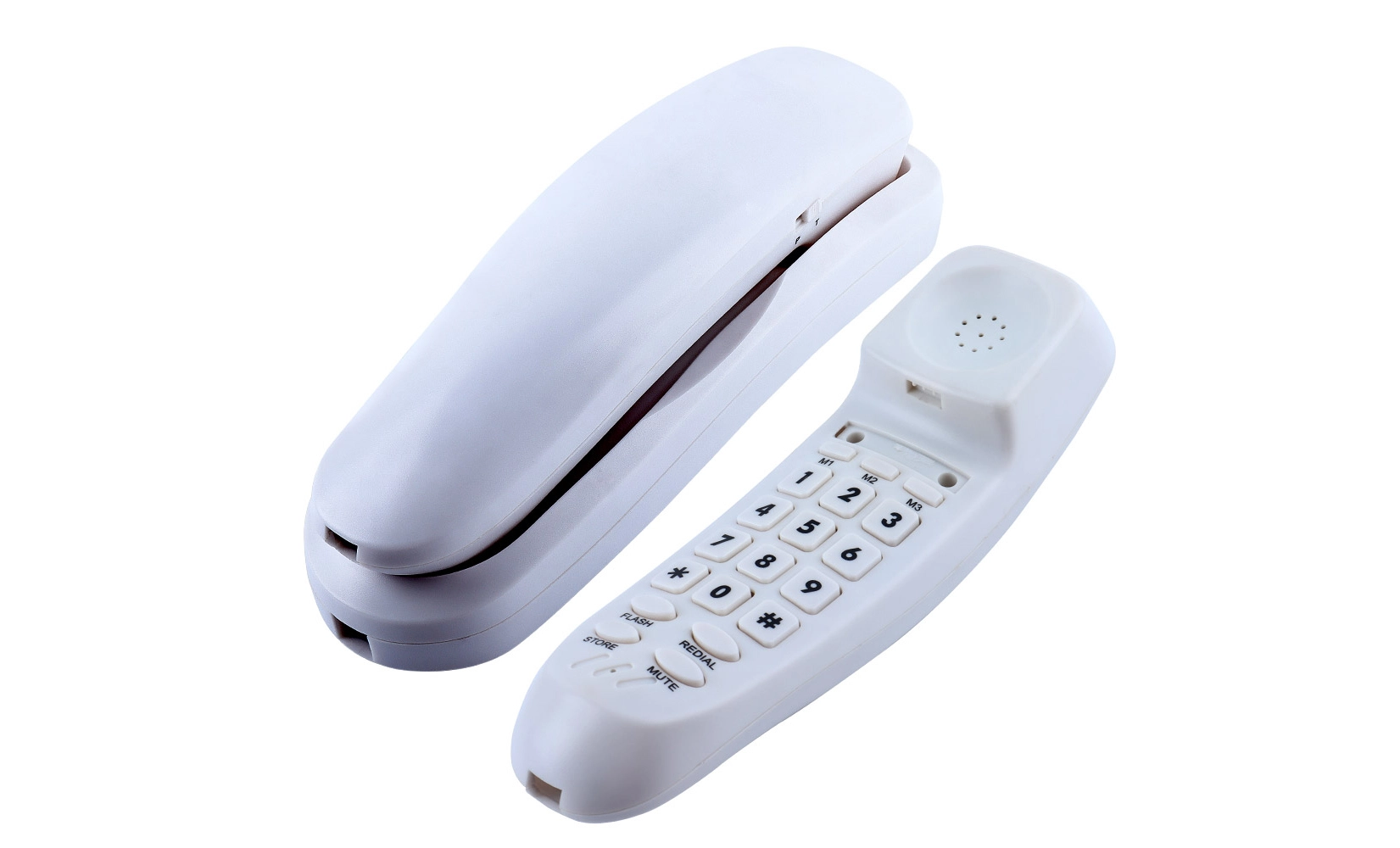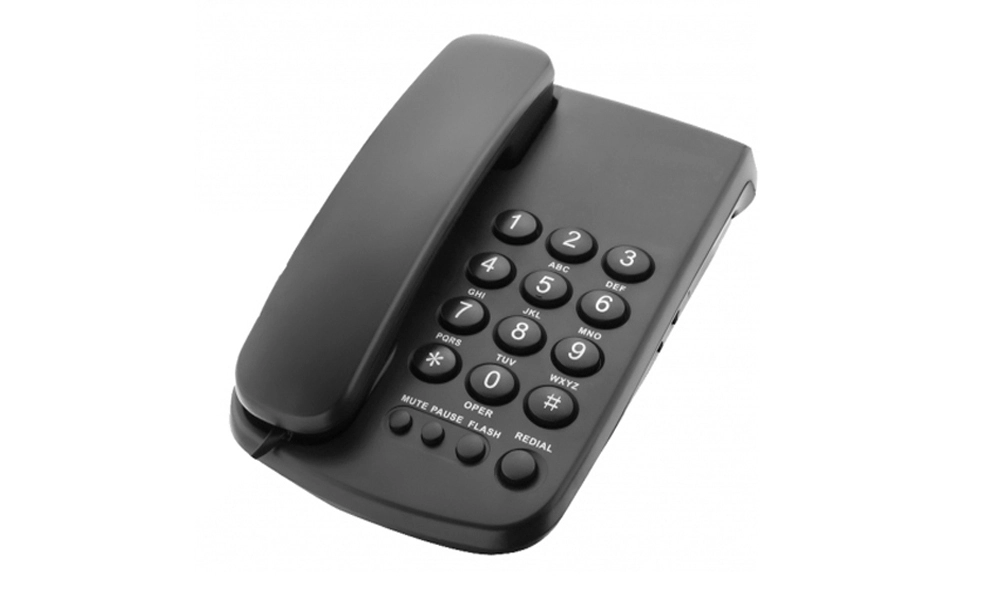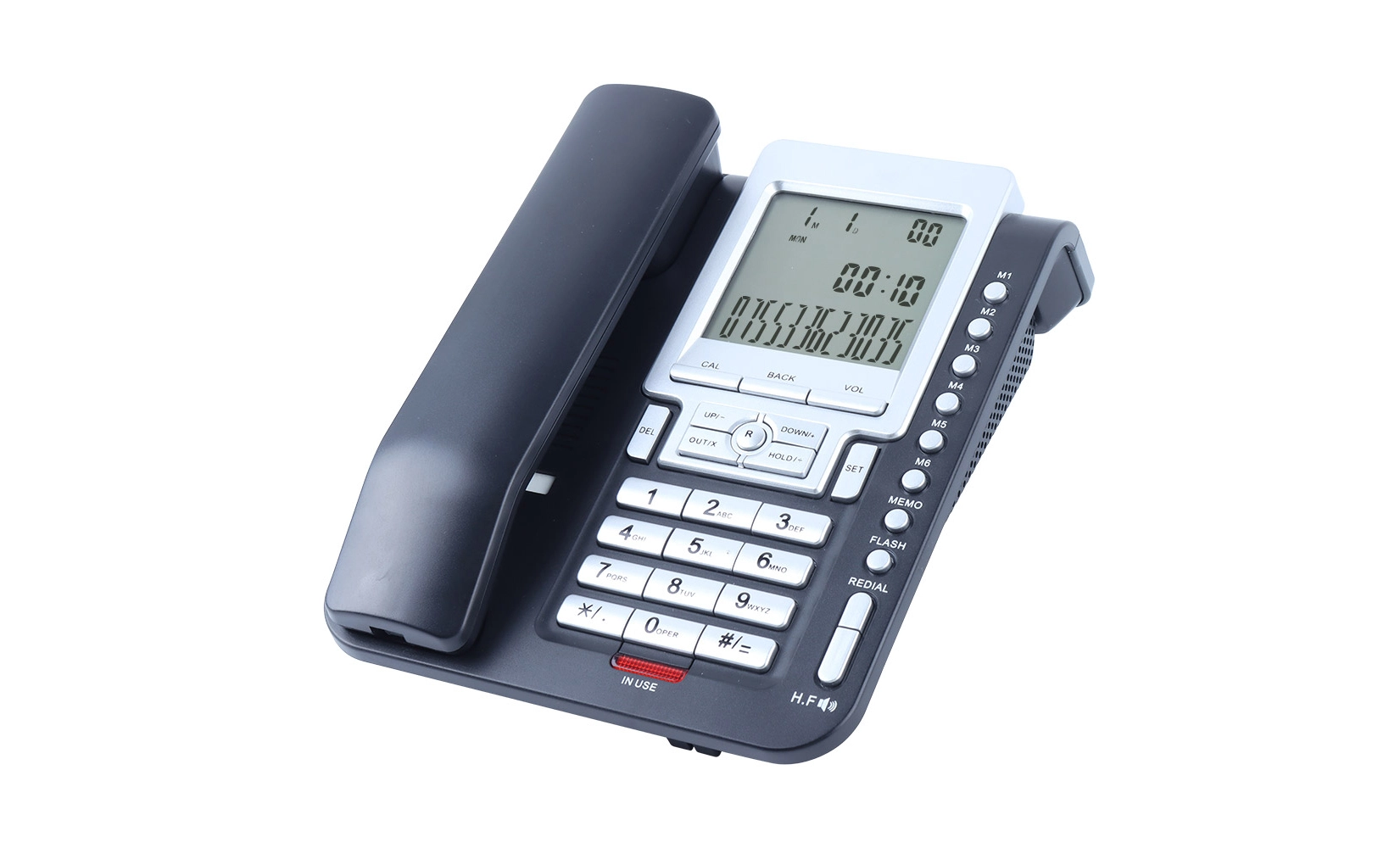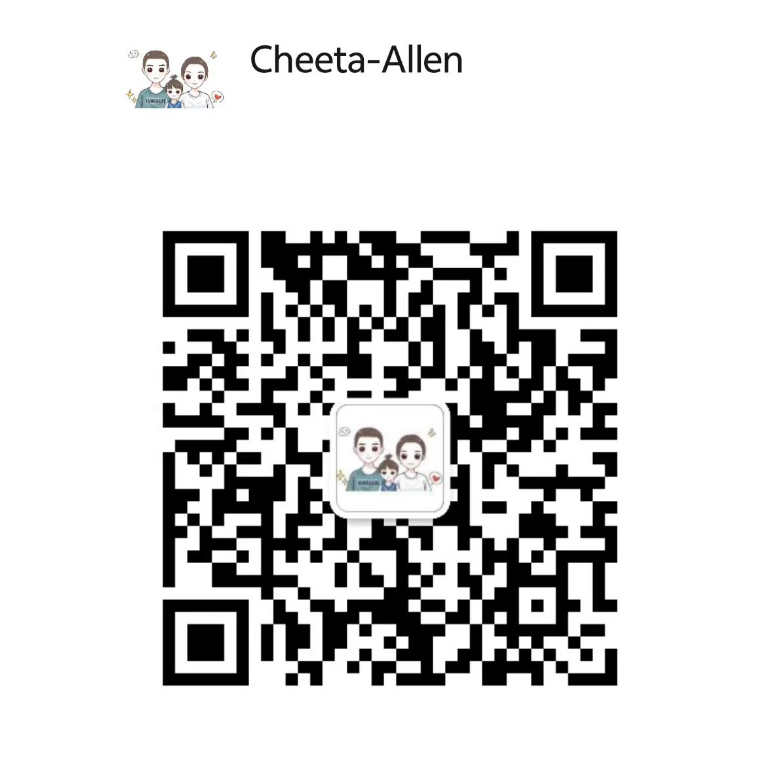Key Features and Functionality: Home vs. Commercial Caller ID Phones
Display and User Interface
Home Caller ID phones typically feature simple, easy-to-read displays that show basic information such as the caller's name and number. These displays are often designed with larger fonts and high contrast to accommodate users of all ages. The user interface is generally straightforward, with minimal buttons and uncomplicated menu navigation.
In contrast, commercial Caller ID phones boast more sophisticated displays, often incorporating larger screens or even color LCD panels. These displays can show additional information like call duration, call history, and even custom messages. The user interface on commercial models tends to be more complex, offering a wider range of options and customizable features to suit various business needs.
Call Handling Capabilities
Home Caller ID phones usually provide basic call handling features such as call waiting, call forwarding, and a modest call log. These features are sufficient for most residential users who primarily need to manage personal calls and screen unwanted numbers.
Commercial Caller ID phones, however, offer more advanced call handling capabilities. These may include multi-line support, allowing businesses to manage multiple incoming and outgoing calls simultaneously. Call routing features enable efficient distribution of calls to different departments or extensions. Additionally, commercial models often support conference calling, call parking, and intercom functionality, which are essential for many business operations.
Integration and Connectivity
Home Caller ID phones typically have limited integration capabilities. They may offer basic connectivity options such as a headset jack or the ability to sync with a mobile phone for contact sharing. Some modern home models might include Bluetooth connectivity for wireless headsets.
Commercial Caller ID phones, in contrast, are designed with extensive integration capabilities. They often support connection to office PBX systems, allowing for seamless integration with existing telecommunications infrastructure. Many commercial models also offer Ethernet connectivity for VoIP (Voice over Internet Protocol) functionality, enabling advanced features like video calling and integration with customer relationship management (CRM) software.
Durability and Build Quality: Residential vs. Business-Grade Caller ID Phones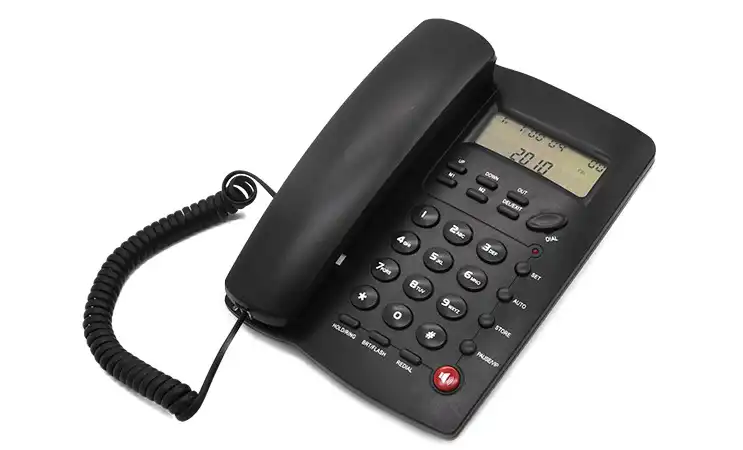
Construction Materials
Home Caller ID phones are typically constructed using standard plastics and materials suitable for light to moderate use. While these materials are durable enough for residential environments, they may not withstand the rigors of a busy office or commercial setting.
Commercial Caller ID phones, on the other hand, are built with more robust materials. They often feature reinforced plastics, metal components, or even industrial-grade casings. This enhanced construction ensures that the phones can withstand constant use, accidental drops, and other workplace hazards.
Longevity and Reliability
Home Caller ID phones are designed for average residential use, which typically involves a handful of calls per day. As such, their internal components and circuitry are built to last for several years under normal conditions. However, they may not be equipped to handle the high call volumes or extended usage periods common in business settings.
Commercial Caller ID phones are engineered for longevity and reliability in high-demand environments. They often feature more durable internal components, better heat dissipation systems, and higher-quality circuitry. These factors contribute to a longer lifespan and reduced likelihood of failure, even under heavy use conditions typical in business settings.
Warranty and Support
Home Caller ID phones generally come with standard consumer warranties, typically ranging from one to two years. Support options may be limited to basic troubleshooting and replacement services.
Commercial Caller ID phones often come with extended warranties and more comprehensive support packages. These may include on-site service, priority technical support, and even options for same-day replacement in case of equipment failure. The enhanced warranty and support offerings reflect the critical nature of telecommunications in business environments.
 Customization and Scalability: Home Solutions vs. Business Telephony Systems
Customization and Scalability: Home Solutions vs. Business Telephony Systems
Programmable Features
Home Caller ID phones typically offer limited customization options. Users may be able to adjust basic settings such as ringtone selection, volume control, and perhaps create a small number of speed dial entries. The focus is on simplicity and ease of use for the average consumer.
Commercial Caller ID phones provide extensive programmable features to meet diverse business needs. These may include customizable function keys for quick access to frequently used features, programmable line appearances for managing multiple lines, and the ability to create and modify call handling rules. Some advanced models even allow for custom software applications to be installed, further extending their functionality.
Expandability and Networking
Home Caller ID phones are generally standalone units with limited expandability. While some models may allow for the addition of extra handsets in a cordless system, they are not designed for extensive networking or integration with larger phone systems.
Commercial Caller ID phones are built with expandability and networking in mind. They can often be easily integrated into existing phone systems, allowing businesses to add or remove phones as needed. Many commercial models support Power over Ethernet (PoE), simplifying installation and reducing wiring requirements. Additionally, they may offer features like shared lines and centralized management, enabling efficient scaling of telecommunication systems as businesses grow.
Software Updates and Future-Proofing
Home Caller ID phones typically have fixed functionality, with limited or no options for software updates. Once purchased, their features remain largely static throughout their lifespan.
Commercial Caller ID phones often support firmware updates and software upgrades. This capability allows businesses to add new features, improve security, and adapt to changing communication needs without necessarily replacing hardware. Some advanced commercial systems even offer cloud-based management, enabling remote updates and configuration changes across multiple devices simultaneously.
Conclusion
The differences between home and commercial Caller ID phones are significant and multifaceted. While home models prioritize simplicity and ease of use for residential settings, commercial Caller ID phones offer advanced features, robust construction, and extensive customization options to meet the demanding needs of business environments. Understanding these differences is crucial for both consumers and businesses when selecting the right Caller ID phone system for their specific requirements.
Residential & business models from top factory | CHEETA
Shenzhen Cheeta Technology Co., Ltd. stands out as a premier manufacturer of analog telephones, boasting over 18 years of OEM/ODM expertise. Our state-of-the-art 1,200 ㎡ facility, staffed by 100+ skilled workers and 10 senior engineers, produces 1,000 analog units daily, ensuring rapid delivery. We prioritize quality, adhering to CE and ROHS standards and implementing rigorous 11-step inspections, resulting in an impressive failure rate below 1%.
Our commitment to innovation is evident through weekly design sessions and global case studies, enabling swift feature refinements based on user feedback. CHEETA products meet CE, RoHS, FCC, and UN38.3 regulations, undergoing thorough inspections before delivery. For inquiries about our cutting-edge telephone products, please contact us at allen@cheeta.com.cn.

 When it comes to
When it comes to 

